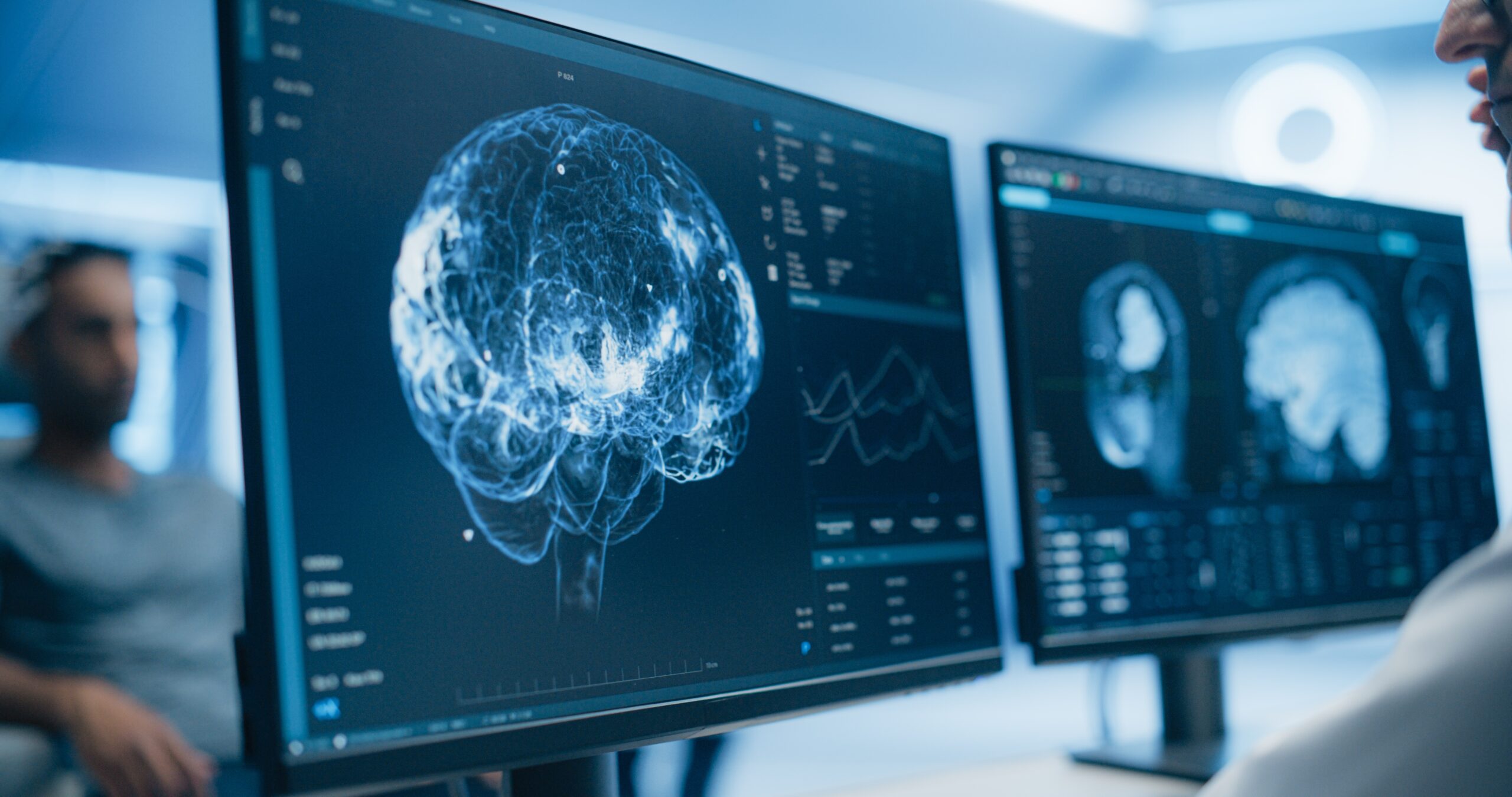Understanding Macular Degeneration
Macular degeneration, often referred to as age-related macular degeneration (AMD), is a common eye condition and a leading cause of vision loss among people aged 50 and older. It causes damage to the macula, a small spot near the center of the retina that is crucial for sharp, central vision. The two main types of AMD are dry and wet. Dry AMD is more common and occurs when the macula thins over time as part of the aging process. On the other hand, wet AMD is less common but more severe, characterized by the growth of abnormal blood vessels under the retina.
Understanding the risk factors is essential in managing macular degeneration. Age is the most significant risk factor, but genetics, smoking, and diet also play critical roles. Family history can increase the likelihood of developing AMD, as can smoking, which doubles the risk. A diet high in saturated fats and low in fruits and vegetables may also contribute to the development of AMD. Recognizing these factors can help in taking preventative measures.
Early detection of macular degeneration is vital. Regular eye exams can help detect the condition before significant vision loss occurs. Symptoms include blurred vision, dark or empty areas in the center of your vision, and difficulty recognizing faces. If you notice any changes in your vision, it is crucial to consult an eye care professional promptly.
Treatment Options for Dry AMD
While there is no cure for dry AMD, certain treatments can slow its progression and help maintain vision. One of the primary approaches is the use of nutritional supplements, often referred to as AREDS2 supplements. These contain a specific formula of vitamins and minerals, including vitamins C and E, zinc, copper, lutein, and zeaxanthin, which have been shown to reduce the risk of progression to advanced AMD.
In addition to supplements, lifestyle changes can play a significant role in managing dry AMD. A diet rich in leafy greens, fish, and other foods high in omega-3 fatty acids can support eye health. Regular exercise and maintaining a healthy weight are also beneficial. Avoiding smoking is crucial, as it is a significant risk factor for AMD progression.
Monitoring your vision regularly with an Amsler grid can help detect any changes early. This simple tool can be used at home to check for distortions in your central vision, which could indicate a progression to wet AMD. Regular check-ups with an eye care professional are essential to monitor the condition and adjust treatments as necessary.
Treatment Options for Wet AMD
Wet AMD requires more aggressive treatment due to its rapid progression. Anti-VEGF injections are the primary treatment for this condition. These medications work by inhibiting the growth of abnormal blood vessels in the retina, which can help stabilize vision and sometimes even improve it. Regular injections are typically necessary to maintain their effectiveness.
In some cases, photodynamic therapy (PDT) may be used in conjunction with anti-VEGF treatments. PDT involves the injection of a light-sensitive drug followed by the application of a laser to the affected area, which helps to close off abnormal blood vessels.
Another treatment option is laser surgery, though it is less commonly used due to potential damage to surrounding tissues. This method involves using a high-energy laser to destroy abnormal blood vessels. While it can be effective, the risk of damaging the retina means it is not suitable for all patients.
Patients with wet AMD should work closely with their eye care professionals to determine the most appropriate treatment plan. Regular monitoring and adjustments to treatment are often necessary to manage the condition effectively.
Innovative Research and Future Directions
Research into macular degeneration is ongoing, with several promising developments on the horizon. Gene therapy is one area of interest, aiming to target the genetic factors that contribute to AMD. By modifying or replacing defective genes, this approach could potentially prevent or slow the progression of the disease.
Stem cell therapy is another area of research, offering the potential to regenerate damaged retinal cells. Early trials have shown promise, with some patients experiencing improvements in vision. However, more research is needed to fully understand the long-term effects and potential risks.
Artificial intelligence (AI) is also being explored as a tool for early detection and monitoring of AMD. AI algorithms can analyze retinal images to detect subtle changes that may indicate the onset or progression of the disease. This technology could lead to earlier interventions and more personalized treatment plans.
While these innovations are still in the research phase, they offer hope for more effective treatments in the future. Patients should remain informed about new developments and discuss potential options with their healthcare providers.
Living with Macular Degeneration
Living with macular degeneration can be challenging, but there are strategies to help manage the condition and maintain a good quality of life. Low vision aids, such as magnifying glasses, specialized glasses, and electronic devices, can assist with reading and other daily activities. These tools can help maximize remaining vision and improve independence.
Support groups and counseling can provide emotional support and practical advice for coping with vision loss. Connecting with others who understand the challenges of living with AMD can be invaluable. Many organizations offer resources and support for individuals with vision impairments.
Adapting your home environment can also make daily tasks easier. Improving lighting, using contrasting colors to differentiate objects, and organizing spaces to minimize clutter can enhance safety and accessibility. Simple changes can make a significant difference in managing daily life with AMD.
Regular follow-ups with eye care professionals are essential to monitor the condition and adjust treatments as needed. Staying proactive and informed about the latest research and treatment options can empower individuals to take control of their eye health.





